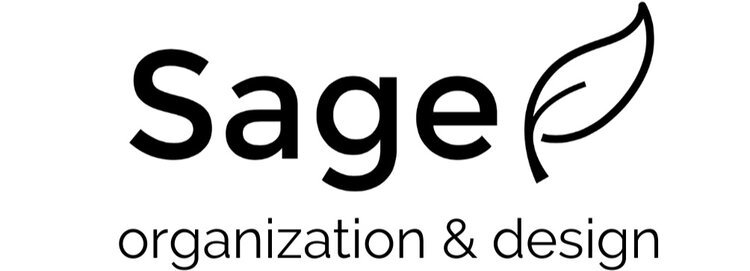Playroom Organization: The 5 Things Every Parent Needs to Know
The one thing my clients don’t want to admit during our consultations, is that their kids have taken over their home.
Trust me, I get it with my own 19-month-old running around. Children are an incredible blessing but also an unmatched source of physical STUFF. So, it’s not surprising when people are slow to reveal that they’re lacking the time, bandwidth, or resources to keep their home in the peaceful state of their dreams!
It can seem like a challenge to commit to reclaiming your home, but that’s why I’m here! These are my FIVE tried-and-true playroom organizing secrets.
1. DECREASE THE VOLUME OF TOYS
I’m going to drop this truth bomb on you right off the bat: the primary issue of a disorganized playroom is not about the organizing. It’s about the volume. The sheer number of toys is the true problem. There are too many things and not enough space to play! A study conducted at the University of Toledo found that toddlers who had fewer toys actually played with their toys for twice as long and in more engaging ways. Children given access to 16 toys moved from toy to toy within 15 minutes and did not focus on a toy long enough for creative play while the children with fewer toys explored more ways to play with a given toy, challenging and developing their motor and cognitive skills. The sayings “less is more” and “quality over quantity” really ring true!
If you fill your playroom with the appropriate amount of toys, not only will your children be more interested in playing, it will be SO much easier to keep things organized!
I encourage you to edit through all the toys in your playroom. Consider which toys are actually being played with on a regular basis. If you’re struggling to decide, you can also think about which toys encourage development rather than just keep your kids occupied.
2. Create zones and categories
An easy way to streamline your playroom is to create ZONES for each category of play or type of toy. Try creating an art area with markers, paints, paper, coloring books, etc. In another location, you may want to have all legos, blocks, or building toys. This will help keep like items with like items and make it easier to bring out (and put away) whatever items are needed, without pulling from multiple locations.
3. Utilize labels and pictures
While I recommend utilizing labels in almost all spaces within your home, it’s especially valuable in kid’s areas! This is where you can begin to give your kids independence by allowing them to have easy access to their things. Labeling bins, baskets, and shelves clearly will help all the members of your family know where items live.
Sage Wisom: If your kids aren’t quite reading yet, try labeling using pictures or graphics instead of words. This way, they can help out and feel self-sufficient even if they can’t read like mom and dad (yet).
4. Teach your kids to put their toys away
Labeling bins is the perfect segue to our next tip: teach your kids to put their toys away. As children gain the independence to access their toys, it's equally as important to instill taking responsibility and treating their belongings with respect. Labels are useful indicators for where items should be put away but it’s ultimately up to you to actually show them how to do it! Try making it a game or a fun activity by creating a song or setting a “tidy time” timer! Involving your kids in keeping their space neat will teach them a valuable life skill they’ll carry with them forever.
5. Add functional products
My final tip for playroom organization is to add functional, kid-friendly products to your space. Whether it’s a cart for art supplies or bins and baskets for stuffies and cars, products can be immensely helpful in creating harmony in any space. Containers are a huge tool in creating boundaries and limits on volume levels (aka the biggest problem I see when it comes to playrooms).
My FAVORITE product for children’s playroom organization is the Ikea Kallax Shelf Unit. I find this to be the easiest, most affordable option that will immediately cut down the stress levels of your playroom. You can purchase a variety of bins or baskets to put into the cubes or simply use them as shelves. It’s also super easy for kids to navigate and start learning how to put toys away!
There you have it. I guarantee that if you follow these five tips, your playroom will be entirely transformed into a space where creativity and fun flourish! Say goodbye to piles (more like mountains) of toys in the middle of the room and struggling to get your kids to play with something other than a tablet. Help create freedom within the rules of your home to encourage creativity and free play! Don’t fall into the trap of over-consumption and overstimulation that our society so often praises. Help set an example for your children’s future by teaching them to focus on what’s important, value their items, and respect their toys and space!
Still struggling to get your playroom under control?
Book your FREE consultation today to see how Sage can help!






